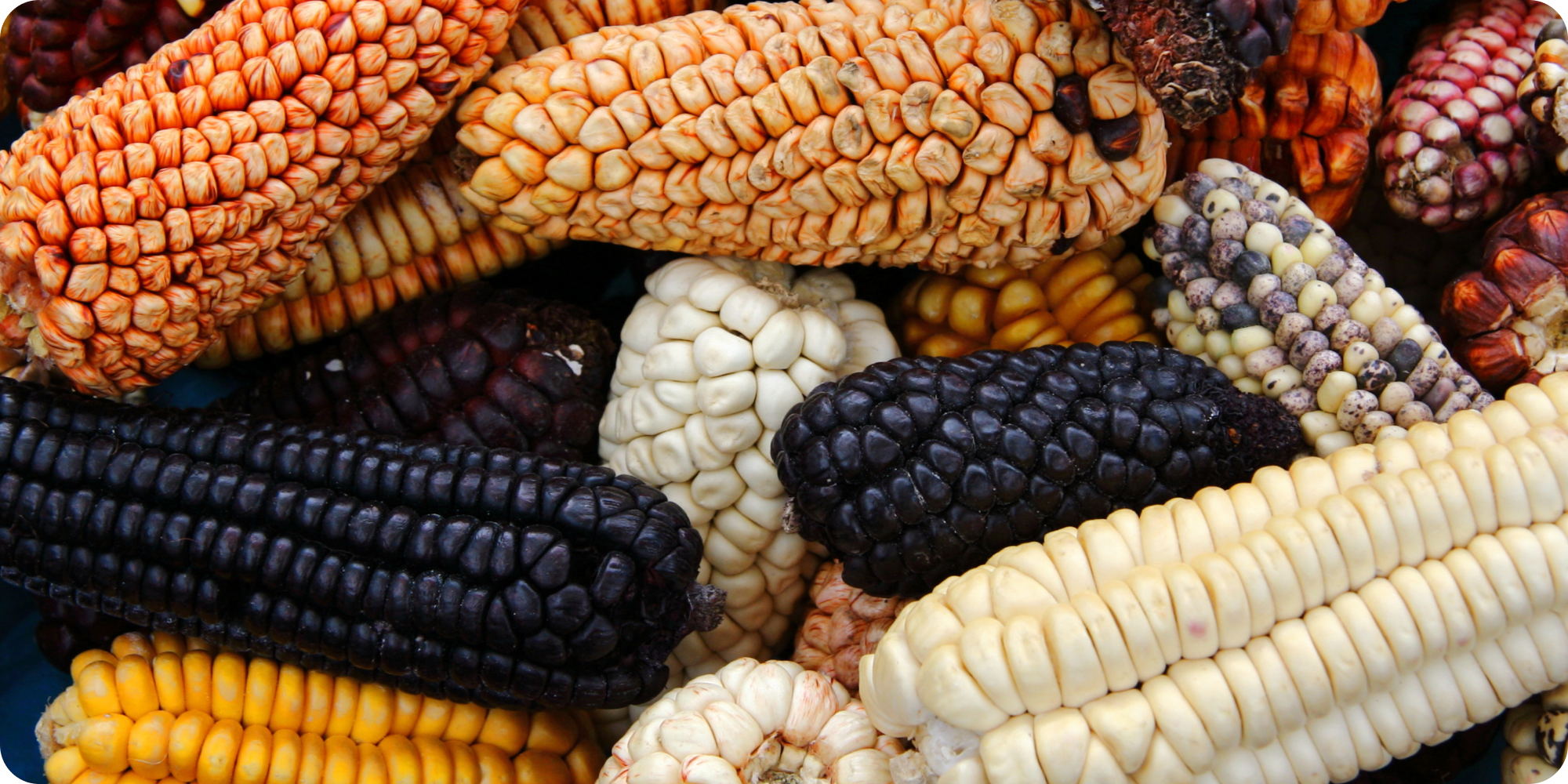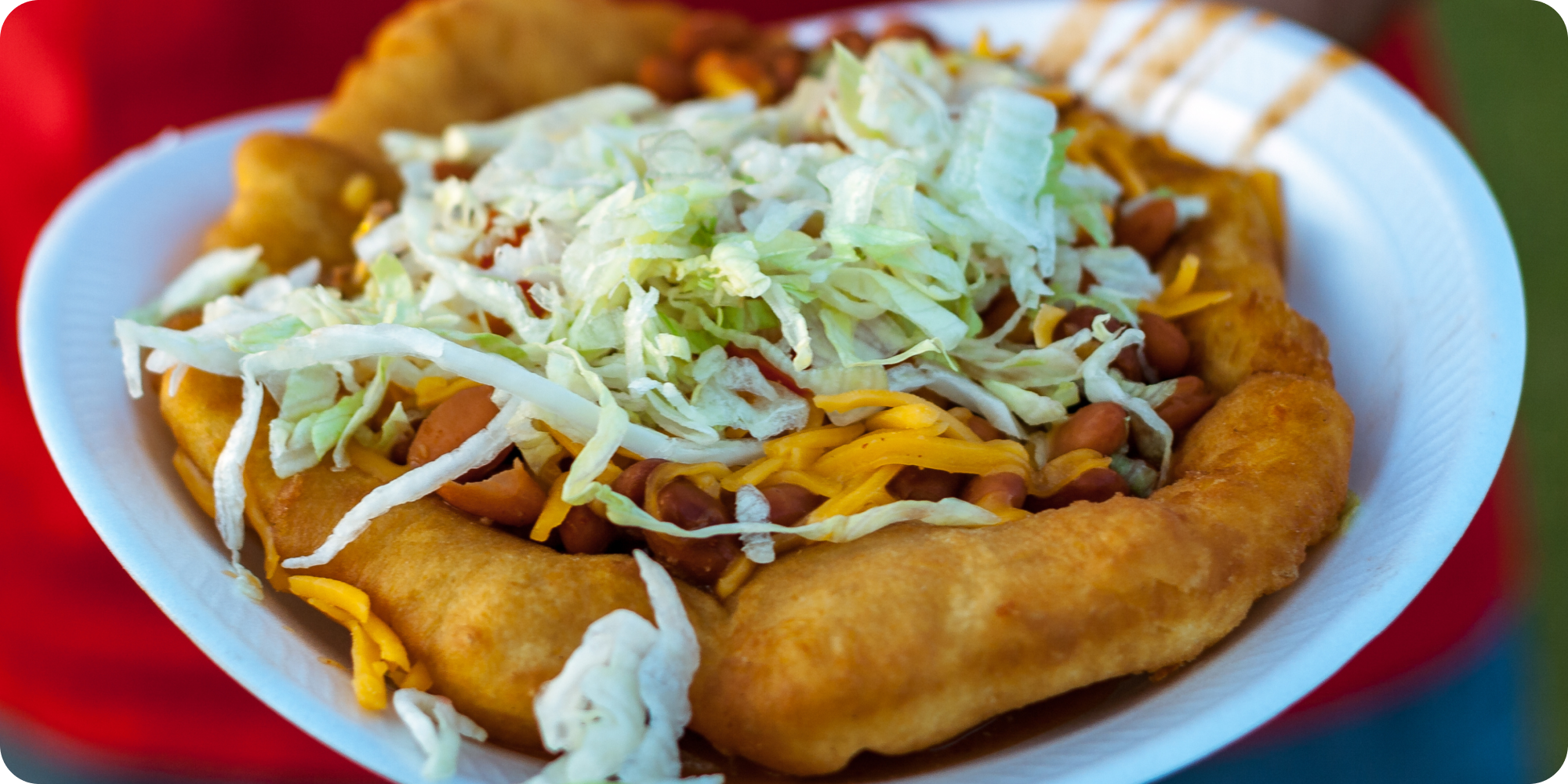The Foodie’s Guide to Native American Heritage Month at Work
Explore expert tips and delicious ingredients to celebrate the Indigenous community.
✍️ Written by Rebecca Ross
🕚 8-Minute Read • Updated Friday, October 11
Food has an incredible way of bringing us together—not just to fuel our workdays but to dive into each other's cultures and stories. As we gear up to celebrate Native American Heritage Month this November, let's spotlight some delicious indigenous ingredients in our office pantry to create connections and spark conversations.
In this tasty journey, we'll uncover:
- The history behind Native American Heritage Month.
- Four Native American ingredients to enjoy.
- Tips for hosting inclusive celebrations.
- More resources to deepen your understanding.
Ready to dig in?
How did Native American Heritage Month start?
So, how did this celebration come about? Native American Heritage Month, as we know it today, began in the 1990s, but earlier advocates planted the seeds for this important celebration. Here are some highlights on the road that got us here:
- Dr. Arthur C. Parker: Part of the Seneca Tribe and director of the Museum of Arts and Science in Rochester, New York, he advocated for a day of recognition for the "First Americans." He urged the Boy Scouts of America to adopt this observance for three years.
- Formal Recognition: In 1915, during the annual Congress of the American Indian Association in Lawrence, Kansas, a formal plan was approved. Rev. Sherman Coolidge, an Arapahoe, proclaimed the second Saturday of May as American Indian Day.
- Grassroots Efforts: Red Fox James, part of the Blackfoot Tribe, rode across states gathering endorsements for a day to honor Native Americans.
- The First Celebration: In 1916 New York celebrated the first American Indian Day!
- National Heritage Month: 1990 President George H. W. Bush approved a resolution designating November to celebrate the Indigenous communities.

What are some Indigenous ingredients?
The ingredients that Indigenous peoples have cultivated and cherished for centuries carry deep cultural significance and offer a delicious way to connect with their heritage. Here are some Indigenous ingredients that you can incorporate into your office pantry:
Corn
- Cultural Significance: Corn, often called "maize," is a sacred crop in many Native American cultures. It symbolizes life, fertility, and sustenance.
- Health Benefits: Packed with fiber and antioxidants, corn supports digestive health and can help lower cholesterol.
- Office Snack Recommendation: Try the Food Should Taste Good Blue Corn Tortilla Chips for a crunchy, wholesome snack perfect for dipping or munching straight from the bag!
Quinoa
- Cultural Significance: Originally cultivated by Indigenous peoples in the Andes, quinoa has deep cultural roots as a staple food that symbolizes nourishment and sustainability.
- Health Benefits: Quinoa is a complete protein, providing all nine essential amino acids. It is also rich in vitamins and minerals, making it a fantastic choice for health-conscious snackers.
- Office Snack Recommendation: Undercover Snacks Milk Chocolate Quinoa Crisps combine crunchy quinoa with rich milk chocolate and a touch of sea salt for the perfect balance of flavors. Plus, they're gluten-free and made with non-GMO ingredients!
Sweet Potatoes
- Cultural Significance: Sweet potatoes have long been cherished by Indigenous peoples and are often used in traditional dishes. They symbolize nourishment and abundance.
- Health Benefits: Sweet potatoes are high in vitamins A and C, fiber, and antioxidants. They support eye health and immune function while providing sustained energy.
- Office Snack Recommendation: Grab a bag of Jackson's Chips Sea Salt Avocado Oil Sweet Potato Chips. These chips are made from real sweet potatoes and cooked in avocado oil for a healthy twist.
Beans
- Cultural Significance: Beans are a vital food source in many Native cultures, representing community and sharing. They are often grown alongside corn and squash in the "Three Sisters" agricultural practice.
- Health Benefits: Beans are high in protein, fiber, and essential nutrients. They promote heart health and help stabilize blood sugar levels.
- Office Snack Recommendation: Try Amy's Bean and Rice Burrito, filled with organic black beans, brown rice, and spices and wrapped in a whole wheat tortilla. This burrito is delicious and packed with wholesome, plant-based ingredients!

How do I keep my office celebration for Native American Heritage Month inclusive?
- Survey your team members:
Before you dive into the celebrations, ask your team what they want to see! It's all about making everyone feel included, especially your Native American and Indigenous colleagues. Getting their input can spark some great ideas and ensure everyone is on board. - Spotlight Native American voices and history:
Use this month to highlight Native American stories and achievements. Share insights through emails, newsletters, or even team meetings. It's a fun way to educate and inspire your entire crew while showing appreciation for Indigenous cultures! - Engage Native American and Indigenous employees:
Get your Native American or Indigenous teammates involved in the celebration! Invite them to share their experiences, favorite dishes, or traditions. But remember, participation should feel empowered, not pressured—everyone should feel comfortable contributing as they wish. - Host a catered lunch from an indigenous-owned restaurant:
Support a local chef while introducing your team to authentic flavors. Look for dishes featuring traditional ingredients like those above, bison or wild rice. Enjoy delicious food alongside conversations about the cultural significance behind the meals.
What are other resources for exploring Native American Heritage Month?
Feeling a bit unsure about how to celebrate DEI holidays respectfully? No worries! There are tons of resources to help you navigate Native American Heritage Month. Check these out:
- National Museum of the American Indian
- Native American Heritage Month government website
- First Nations Development Institute
If you're still unsure, just ask! Acknowledge that you don't know much about a particular culture, express your desire to learn more about and celebrate it, and then ask your team members for their feedback. Holidays like this are also a fantastic opportunity to tap into your DEI team and ERGs (and if you don't have either of those, it's an ideal time to start one!).
Conclusion
Native American Heritage Month is more than just a date on the calendar; it's a fantastic opportunity to engage, educate, and celebrate! By incorporating traditional ingredients and learning about Indigenous cultures, you can create a fun, inclusive atmosphere that honors the incredible contributions of Native peoples. Let's make this month one to remember!
CRAFT
A BETTER
WORKPLACE
Elevate your office food and beverage program with enhanced services managed in one innovative, centralized platform.



